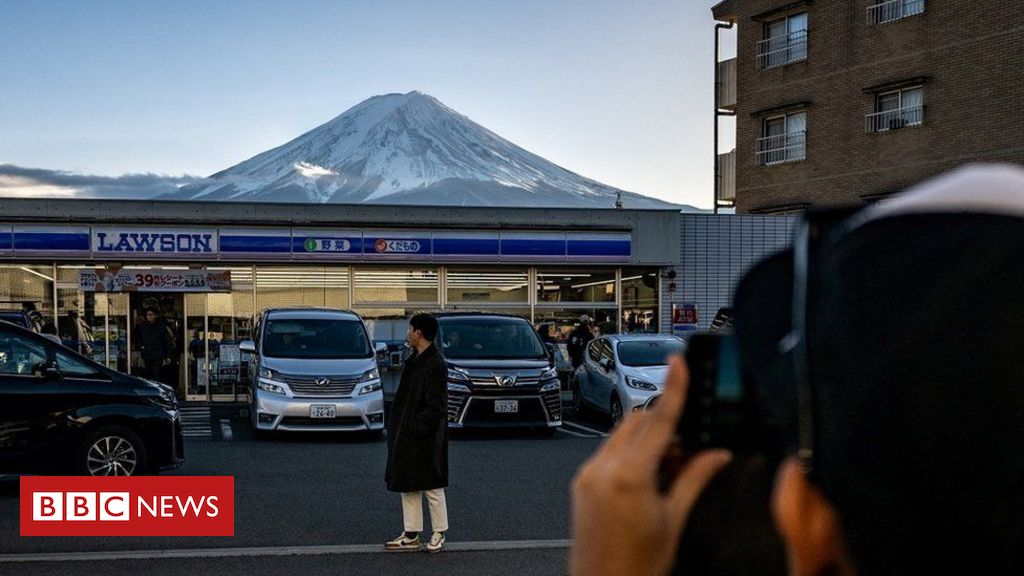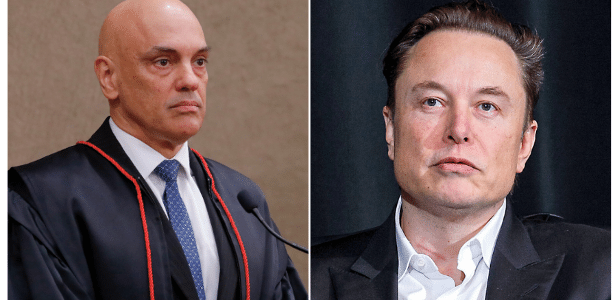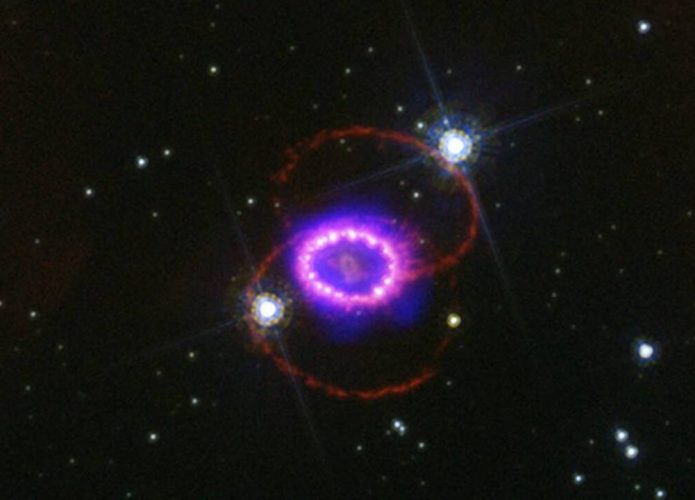A supernova located in a galaxy close to the Milky Way is known to have a formation around it that resembles a “string of pearls.” Until then it was not known exactly how she got it, but now a new study may have discovered it.
- Supernova 1987A, or SN 1987A, is the result of an explosion that destroyed a massive star and left behind a neutron star;
- It is located in the Large Magellanic Cloud galaxy, a satellite galaxy of the Milky Way, and is about 160 thousand light-years away from us.
- It attracts attention because it is surrounded by clusters of glowing hydrogen plasma.
This structure was a mystery to astrophysics until a study conducted by researchers at the University of Michigan and published in the journal Physical review letters He suggested that the string of pearls may be related to how the tracks are created, a mechanism called “raven instability.”
Read more:
How did pearl necklaces appear around the supernova?
Little is known about the star that gave rise to the supernova, and the existence of the star's remnant was only recently identified with observations from the James Webb Space Telescope this year.
However, the theory regarding the surrounding plasma masses is that they were formed by processes that occurred tens of thousands of years before the supernova explosion.
It is believed that such a powerful merger between two stars led to the removal of hydrogen from both. When this happened, at the same time the blue giant was forming, the hydrogen was escaping into space. Charged particles from the stellar wind emanating from the star eventually collided with this receding material and created the pearl necklace.

This suggests that the clusters were already there even before the star ran out of fuel and gave up.
To test the theory of pearl necklace formation, the researchers built a simulation in which a cloud of hydrogen was pushed outward by stellar winds while molecules exerted a pulling force on it. This caused the cloud to push outward faster and curl in on itself, causing the crows to become unstable and break apart to form even clusters, or “pearls.”
In the model, SN 1987A splits into 32 equal parts, which is very similar to the 30 hydrogen groups observed in reality. The simulation also indicated that more strings of pearls may have formed around the supernova, but they are much fainter.

This new proposal colludes with a supernova image taken by James Webb in 2023, suggesting that SN 1987A may be more ornate than we imagine.

“Hardcore beer fanatic. Falls down a lot. Professional coffee fan. Music ninja.”


:strip_icc()/s02.video.glbimg.com/x720/12553381.jpg)

:strip_icc()/i.s3.glbimg.com/v1/AUTH_fde5cd494fb04473a83fa5fd57ad4542/internal_photos/bs/2024/g/0/V5FYuBQliYVGYOkMB4Aw/thumbnail-amanda.jpg)

More Stories
Brazilian scientist wins disputed Marie Curie research grant | Sciences
The European Space Agency's probe detects “spiders” on Mars Sciences
UFRJ is Africa's Ambassador for Science – Conexão UFRJ